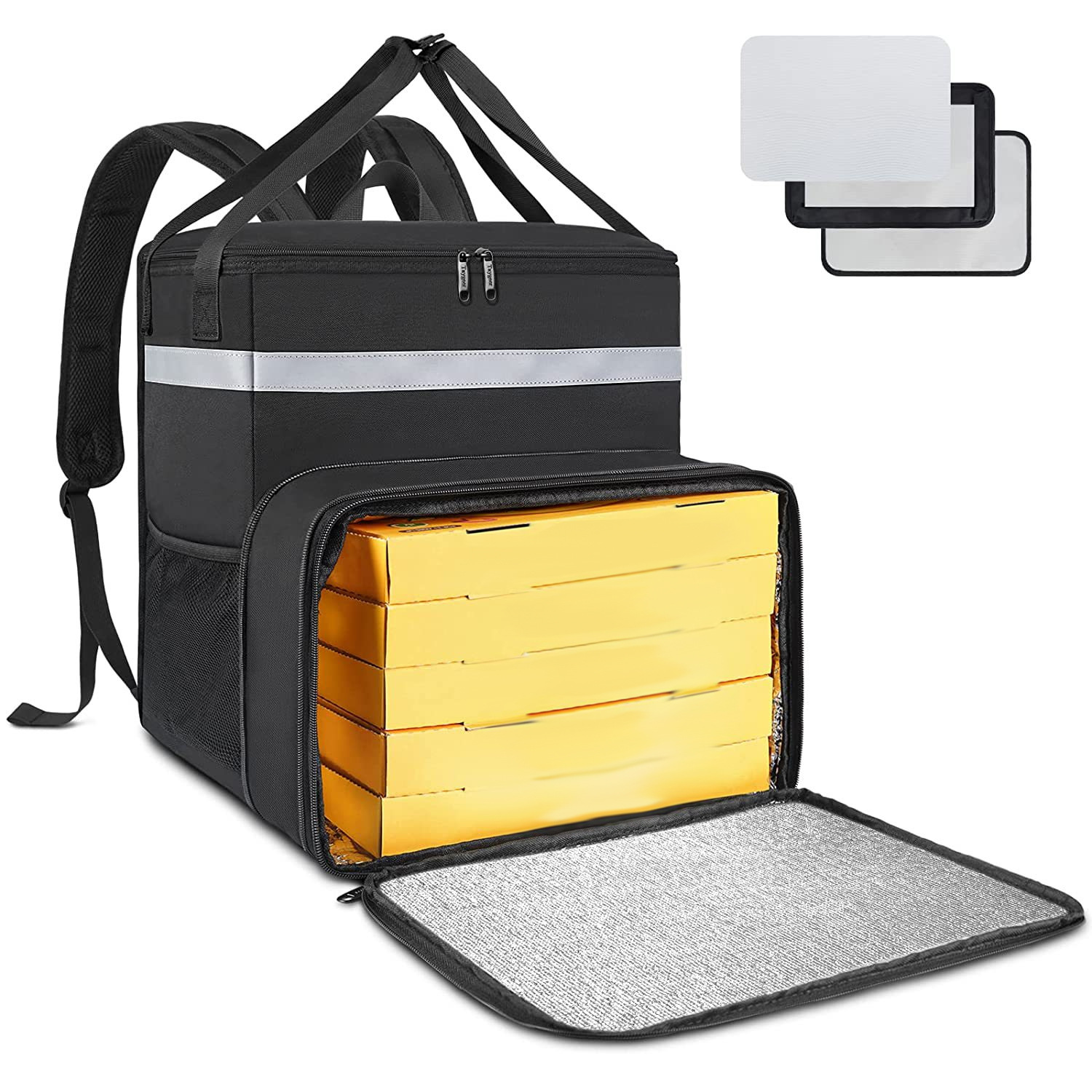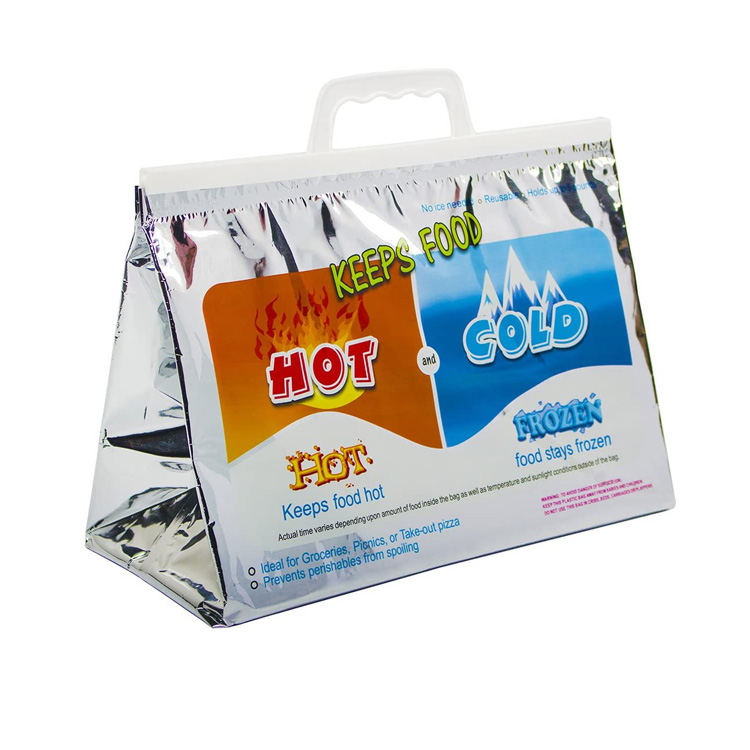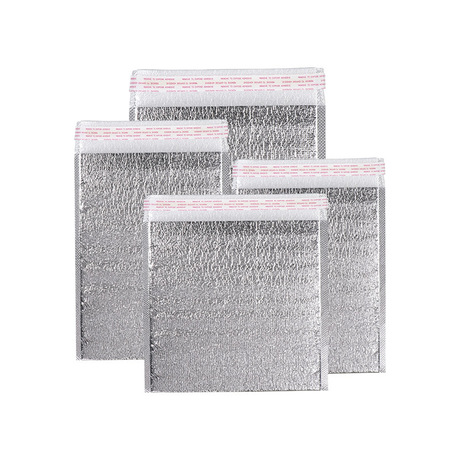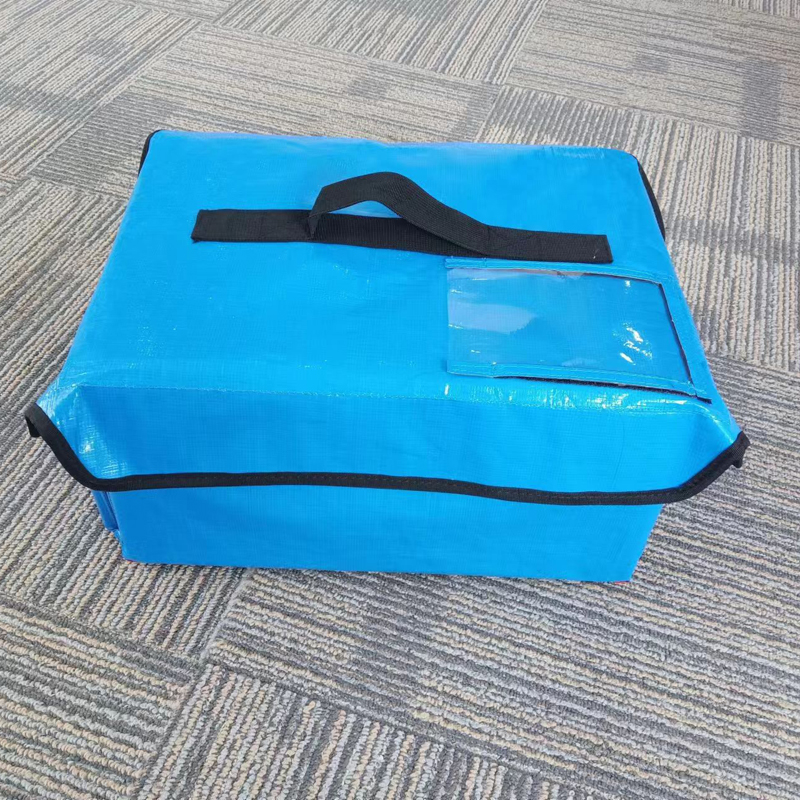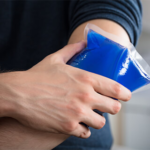Materiales de cambio de fase (PCM) are a special type of substance that can absorb or release a large amount of thermal energy at a specific temperature, while undergoing changes in physical state, such as from solid to liquid or vice versa. Esta propiedad hace que los materiales de cambio de fase tengan un valor de aplicación importante en el control de la temperatura., almacenamiento de energía, y campos de gestión térmica. El siguiente es un análisis detallado de los materiales de cambio de fase:
propiedad física
La característica central de los materiales de cambio de fase es la capacidad de absorber o liberar una gran cantidad de calor latente a una temperatura fija. (Temperatura de cambio de fase). En el proceso de absorción de calor, Los materiales cambian de una fase a otra, como de sólido a líquido (fusión). Durante el proceso exotérmico, El material cambia de líquido a sólido (solidificación). Este proceso de transición de fase generalmente ocurre dentro de un rango de temperatura muy estrecho., Permitir que los materiales de cambio de fase tengan una buena estabilidad térmica a temperaturas casi constantes.

Tipos principales
Los materiales de cambio de fase se pueden clasificar en las siguientes categorías en función de sus propiedades químicas y campos de aplicación:
1. PCM orgánicos: incluyendo parafina y ácidos grasos. Estos materiales tienen una buena estabilidad química, reutilización, y un rango apropiado de temperaturas de transición de fase.
2. PCM inorgánicos: incluyendo soluciones salinas y compuestos de metal. Su conductividad térmica suele ser mejor que las PCM orgánicas, pero pueden enfrentar problemas de separación y corrosión.
3. PCMS con base biológica: Este es un tipo emergente de PCM que se origina en biomateriales naturales y tiene características ambientales y sostenibles..

área de aplicación
Los materiales de cambio de fase se usan ampliamente en múltiples campos, principalmente incluir:
1. Construyendo eficiencia energética: Integrando PCM en materiales de construcción como paredes, pisos, o techos, La temperatura interior puede regularse efectivamente, Reducción del consumo de energía para el aire acondicionado y el calentamiento.
2. Almacenamiento de energía térmica: Los PCM pueden absorber el calor a altas temperaturas y liberar calor a bajas temperaturas, Ayudando a equilibrar la oferta y la demanda de energía, especialmente en la utilización de energía renovable, como la energía solar y eólica.
3. Gestión térmica de productos electrónicos: El uso de PCMS en dispositivos electrónicos puede ayudar a administrar el calor generado durante la operación, mejorar la eficiencia, y extender la vida útil del dispositivo.
4. Transporte y embalaje: El uso de PCM en el transporte de alimentos y farmacéuticos puede mantener productos en condiciones de temperatura adecuadas y garantizar la calidad del producto..
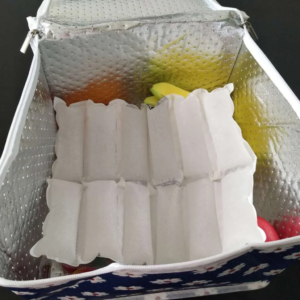
Desafíos técnicos
A pesar de las importantes ventajas de los materiales de cambio de fase, Todavía enfrentan algunos desafíos técnicos en aplicaciones prácticas., como la vida útil, estabilidad térmica, y la necesidad de tecnologías de embalaje e integración. Estos desafíos deben superarse a través de avances en la ciencia de los materiales y la tecnología de ingeniería..
Los materiales de cambio de fase son muy esperados en los campos de la energía verde y la tecnología sostenible debido a su rendimiento térmico único y sus amplias perspectivas de aplicaciones.







